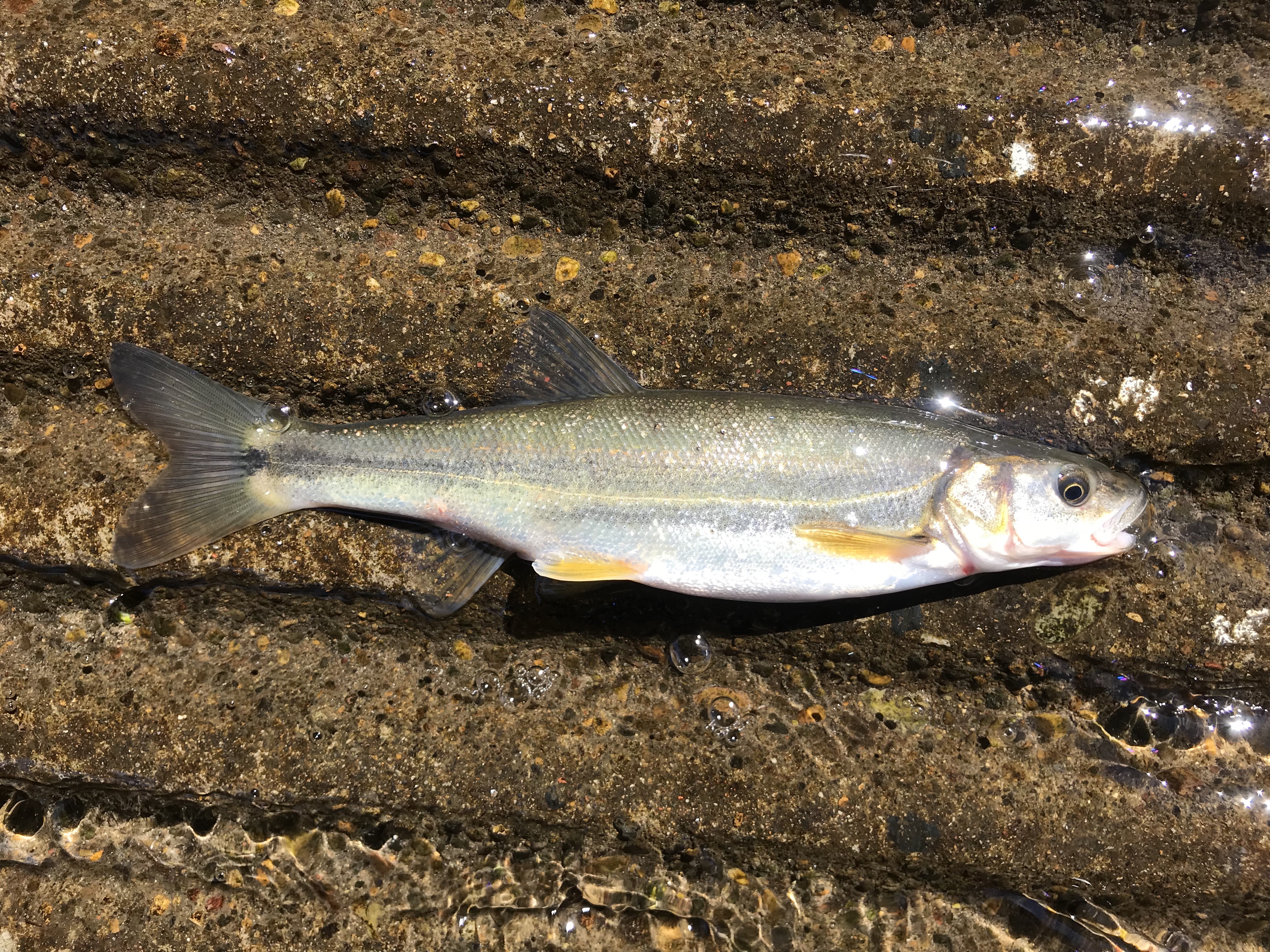
Species: Umpqua Pikeminnow (Ptychocheilus umpquae)
Location: Umpqua River, Oregon
Date: June 25, 2018
Odds are, you’ve heard of the Umpqua River.
After all, it’s home to Oregon’s only real Striper fishery (though it’s still not great). Fish likely don’t even spawn but every few years, so the fish there are there in limited numbers. But the fish there are massive. Oregon’s 68-pound state record was caught there.
The Umpqua once had one of the largest average-size Steelhead runs in the country (not in total numbers, but size of fish). Then much fish from other runs like the Alsea were stocked to supplement declining runs, and the average size fish plummeted.
But the Umpqua today is home to one of the best numbers Smallmouth fisheries on the West Coast. Anglers can expect 30-plus-fish days routinely, with 100-fish days fairly commonplace. Though the river is so saturated with fish, they tend to stunt, and true beasts are hard to find.
One side effect of the Smallmouth Bass is the massive decline in native fishes. The native Rainbows and Cutthroats suffer, and people lament them. But nobody mourns for the Umpqua Chub, Umpqua Dace, and Umpqua Pikeminnow that have fueled the explosion of smallies.
***
In fact, when I took a summer afternoon and evening to chase what I thought would be the easiest of the three endemic minnows, the Umpqua Pikeminnow, I was horrified to find myself striking out at my first stop on the South Umpqua. I caught a seemingly endless supply of smallies as I tried the spinners and Rapalas and bait I’d caught Northern Pikeminnow on dozens of times before. All I caught were smallies.
I switched to micro gear in hopes of catching one of the minnow species flitting in and out of the weeds. The good news is that smallies weren’t the only fish I caught. The bad news is that they were only joined by Green Sunfish.
After a few hours of only seeing a few flitting minnows here and there, and a few small suckers that wouldn’t touch anything, I decided to switch spots.
***
The mainstem Umpqua seemed like a better option. More water means deeper holes and faster flow, right? Wrong.
The smallies were even more prevalent here, mobbing my worm at every turn.
***
I finally ended up at the North Umpqua River, having covered a lot of miles in my “easy little trip” for UPM. I was frustrated, but I was equally disillusioned by the reality of a real-life invasive takeover of a fishery.
Smallies were everywhere. Pikeminnow were nowhere to be found.
My final spot for the night was the confluence of the North Umpqua and the mainstem. There were rapids, and a slow-swirling pool just upstream of the mouth.
Though I caught a few little trout in the rapids and a few more bass in the swirling pool, it wasn’t until I switched to micro gear that I finally got my Umpqua Pikeminnow.

***
A few days later, I would discover that there is a much healthier population of Umpqua Pikeminnow in a nearby river system. I landed 15 of them in a few hours there, and all of them were decent-sized fish like the 10-incher at the beginning of this post.
Nature has a way of balancing itself, I guess.
#SpeciesQuest // #CaughtOvgard
Read the next entry in #SpeciesQuest here: Species #132 — Vermiculated Sailfin Catfish.


fn2qrv
qig84s
yyaih1
0bw4s0
oqchfh
To the caughtovgard.com admin, Your posts are always well-cited and reliable.
cpubc4
yx5bv7
huojy4
k3mxi1
luywjh
Hello caughtovgard.com admin, Thanks for the well-written and informative post!
Way cool, some valid points! I appreciate you making this article available, the rest of the site is also high quality. Have a fun.
5hzktw
m6p9wz